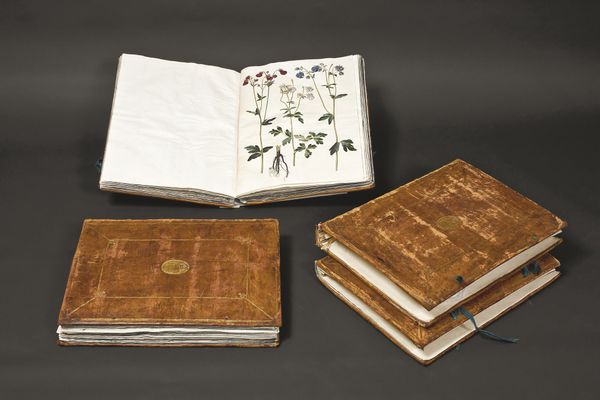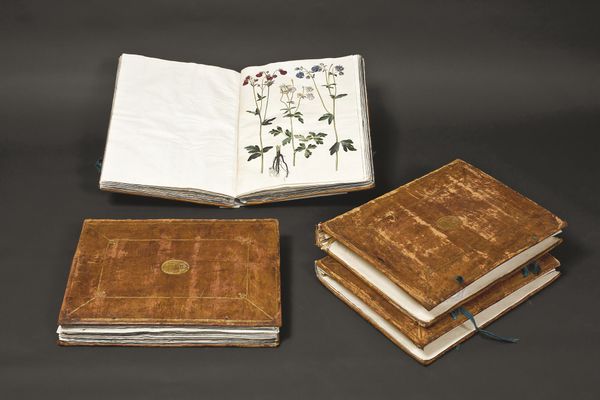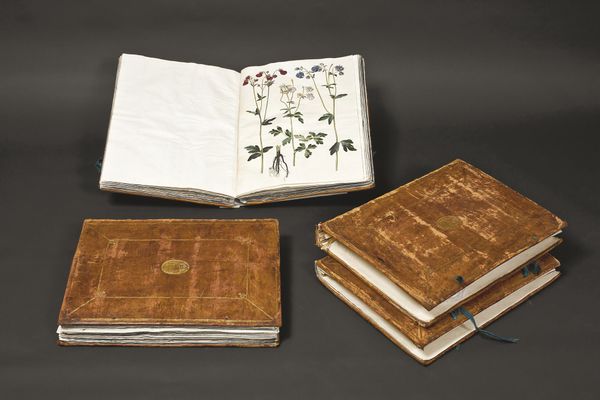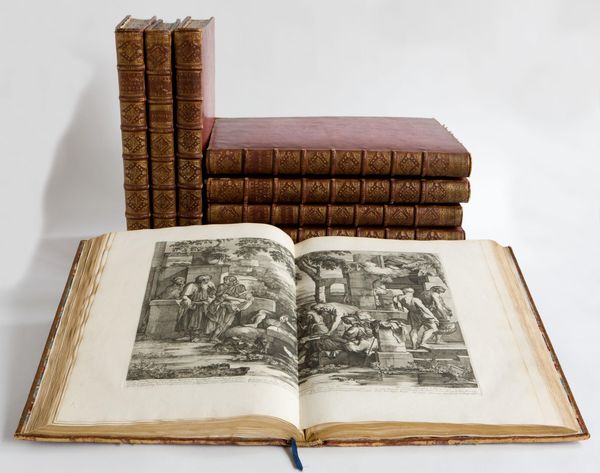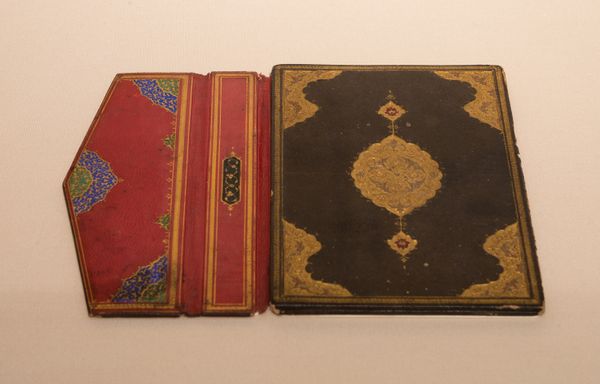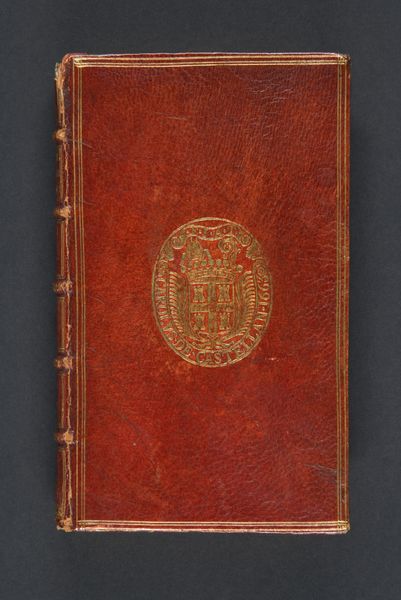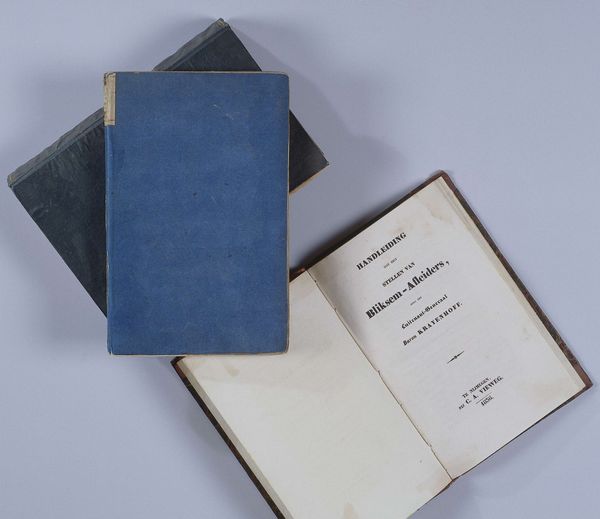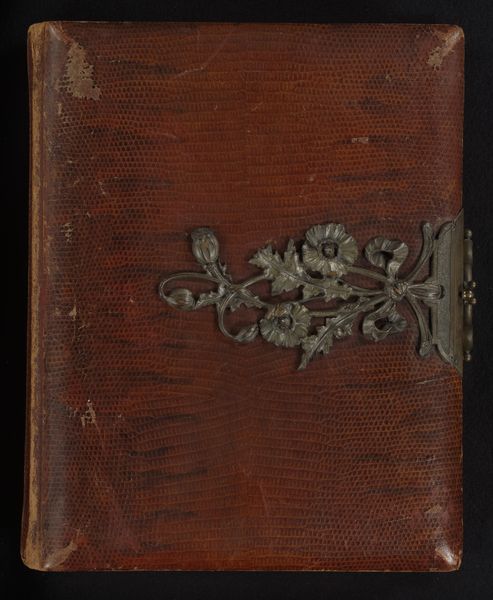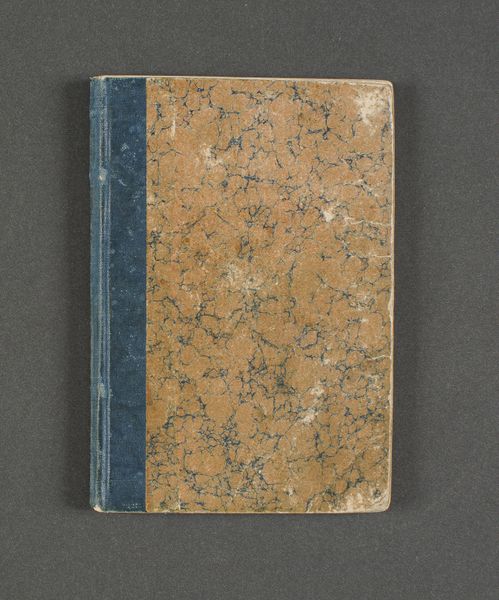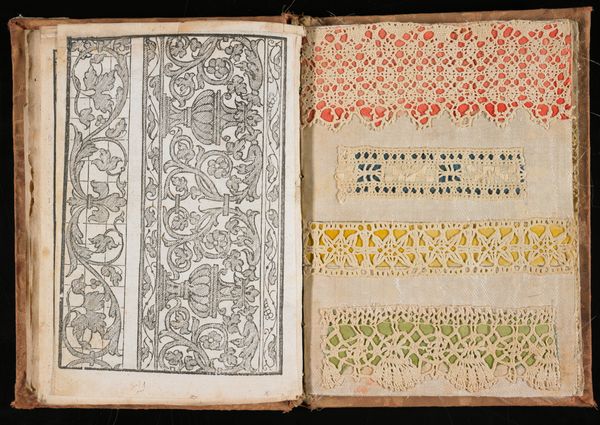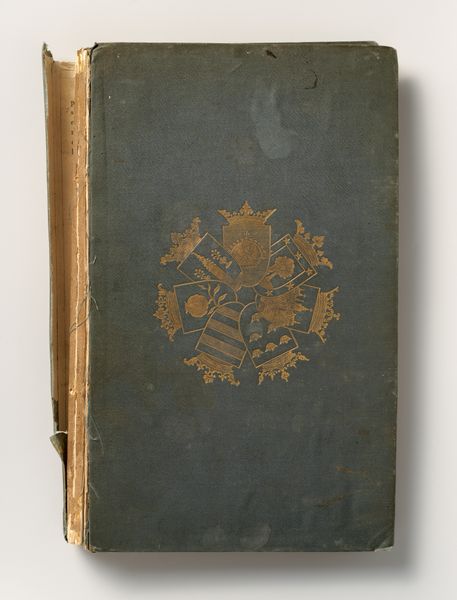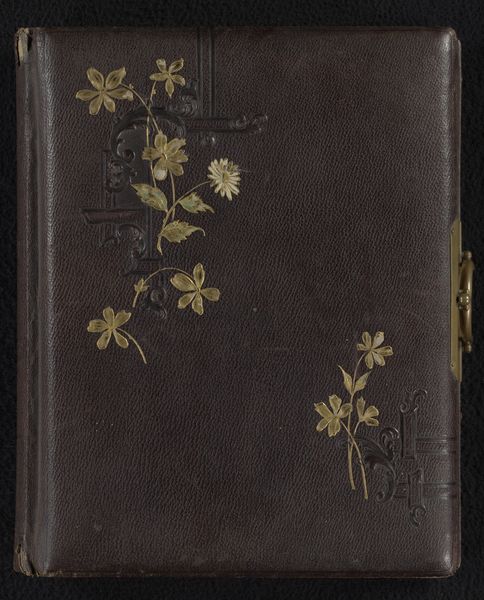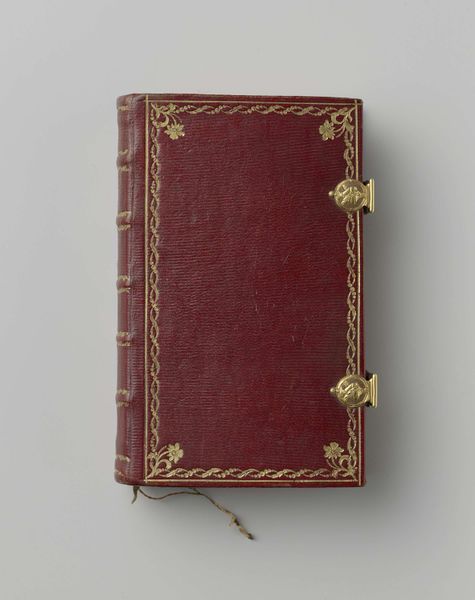
drawing, gouache
#
drawing
#
gouache
#
history-painting
Dimensions: 505 mm (height) x 385 mm (width) (monteringsmaal)
The Gottorfer Codex, Volume 1, was made in the mid-17th century by Hans Simon Holtzbecker, and it is a remarkable example of botanical illustration. The artist has meticulously rendered these plants with watercolor on vellum, a parchment made from animal skin that provides a smooth, luminous surface ideal for detailed work. Consider the labor involved. From preparing the vellum to grinding pigments and applying them with precision, the creation of such a codex was a demanding, time-intensive undertaking. The resulting images are not merely representational; they’re infused with a scientific understanding, carefully depicting each plant’s unique characteristics. This level of detail suggests a patron with both the means and the interest to commission such a work – likely someone connected to the court. The Gottorfer Codex reflects the intersection of art, science, and power in the early modern period. It's a reminder that even seemingly straightforward images can be deeply embedded in social context.
Comments
statensmuseumforkunst almost 2 years ago
⋮
What is the Gottorfer Codex? The Gottorfer Codex consists of four large books filled with flower paintings. Each volume has around one hundred pages with approx. three paintings on each page. So there are around 1200 flower paintings in all. The paintings are of a very high quality and seem to a very large extent to have been based on real flowers. Their details are so realistic that botanists in most cases have been able to identify every plant precisely. The pictures are painted on vellum with body colour. The vellum is made of calfskin, which was treated in a special way, making it completely smooth and suitable for painting. Body colour is opaque watercolour. The format, 500 x 380 mm, is unusually large for this type of work. The Gottorfer Codex is a very precious work. Today of course, it’s priceless, but even when it was produced in the 17th century it was very precious. Only very wealthy princes could afford such a comprehensive and precious work. Name and function The Gottorfer Codex originates from the library at Gottorp Castle in Slesvig, hence the name. Codex is merely the old, latin word for a book. The flower paintings documented the duke of Gottorp’s famous flower garden right outside the castle. In the 17th century it was the most famous of its kind in Northern Germany. How did the Gottorfer Codex end up in the Royal Collection of Graphic Art? The books were part of the spoil of war after the Great Northern War in the beginning of the 18th century. Danish troops occupied the duchy Gottorp in 1713 and after the peace in 1720, Gottorp was included in the Danish kingdom. Both the famous cabinet of curiosities on Gottorp Castle as well as the comprehensive library (of which the Gottorper Codex was a part) were sent to Copenhagen. The Gottorper Codex became part of the Royal Library. When the Royal Collection of Graphic Art was separated from the Royal Library in the 19th century, the Gottorper Codex came with it. Who did the paintings and when? Nowhere in the volumes can a signature or a date be found. These key questions have preoccupied scientists and been cause for discussions. Earlier on, the work was attributed to the famous flower- and especially insect painter Maria Sibylla Merian (1647-1717). And due to the binding’s coats of arms, belonging to duke Chr. Albrecht of Gottorp, it was dated to his reign (1659 and 1694), mostly to the latter part of this period. This, however, has turned out not to be true, as accounts have been found at Gottorp Castle’s archives that document that the work had been done by Hans Simon Holtzbecker (1649-1671) from Hamburg and furthermore that it must have been completed in the decade between 1649 and 1659, which places it under the reign of duke Frederik III of Gottorp, Christian Albrecht’s father and predecessor. Duke Frederik III had with his cabinet of curiosities, his library and his large garden at Gottorp made the castle into one of Northern Europe’s leading cultural centres. He commissioned Holtzbecker from Hamburg to paint all the flowers in his garden to immortalise it. Holtzbecker had done other flower works, among them the similar but much smaller Husum Florilegium, which also belongs to the Royal Collection of Graphic Art. Holtzbecker worked on his assignment both at Gottorp Castle and in Hamburg. When he worked in Hamburg he had boxes of flowers sent to him to paint after. Why is it duke Chr. Albrecht’s coat of arms and not Frederik III’s on the binding? It is believed that the work was left unfinished when Frederik III died in 1659 and left as loose sheets in the library. This theory is supported by various damages to the paintings, which occur when sheets grate against each other. The many vellum sheets were then gathered into books and bound by Chr. Albrecht who of course had his own coat of arms put on the binding.
Join the conversation
Join millions of artists and users on Artera today and experience the ultimate creative platform.
statensmuseumforkunst almost 2 years ago
⋮
What is the Gottorfer Codex? The Gottorfer Codex consists of four large books filled with flower paintings. Each volume has around one hundred pages with approx. three paintings on each page. So there are around 1200 flower paintings in all. Realistic details The paintings are of a very high quality and seem to a very large extent to have been based on real flowers. Their details are so realistic that botanists in most cases have been able to identify every plant precisely. A precious work The Gottorfer Codex is a very precious work. Today of course, it’s priceless, but even when it was produced in the 17th century it was very precious. Only very wealthy princes could afford such a comprehensive and precious work. Gottorp Castle in Slesvig The Gottorfer Codex originates from the library at Gottorp Castle in Slesvig, hence the name. Codex is merely the old, latin word for a book. The flower paintings documented the duke of Gottorp’s famous flower garden right outside the castle. In the 17th century it was the most famous of its kind in Northern Germany. How did the Gottorfer Codex end up in the Royal Collection of Graphic Art? The books were part of the spoil of war after the Great Northern War in the beginning of the 18th century. Danish troops occupied the duchy Gottorp in 1713 and after the peace in 1720, Gottorp was included in the Danish kingdom. Both the famous cabinet of curiosities on Gottorp Castle as well as the comprehensive library (of which the Gottorper Codex was a part) were sent to Copenhagen. The Gottorper Codex became part of the Royal Library. When the Royal Collection of Graphic Art was separated from the Royal Library in the 19th century, the Gottorper Codex came with it.
